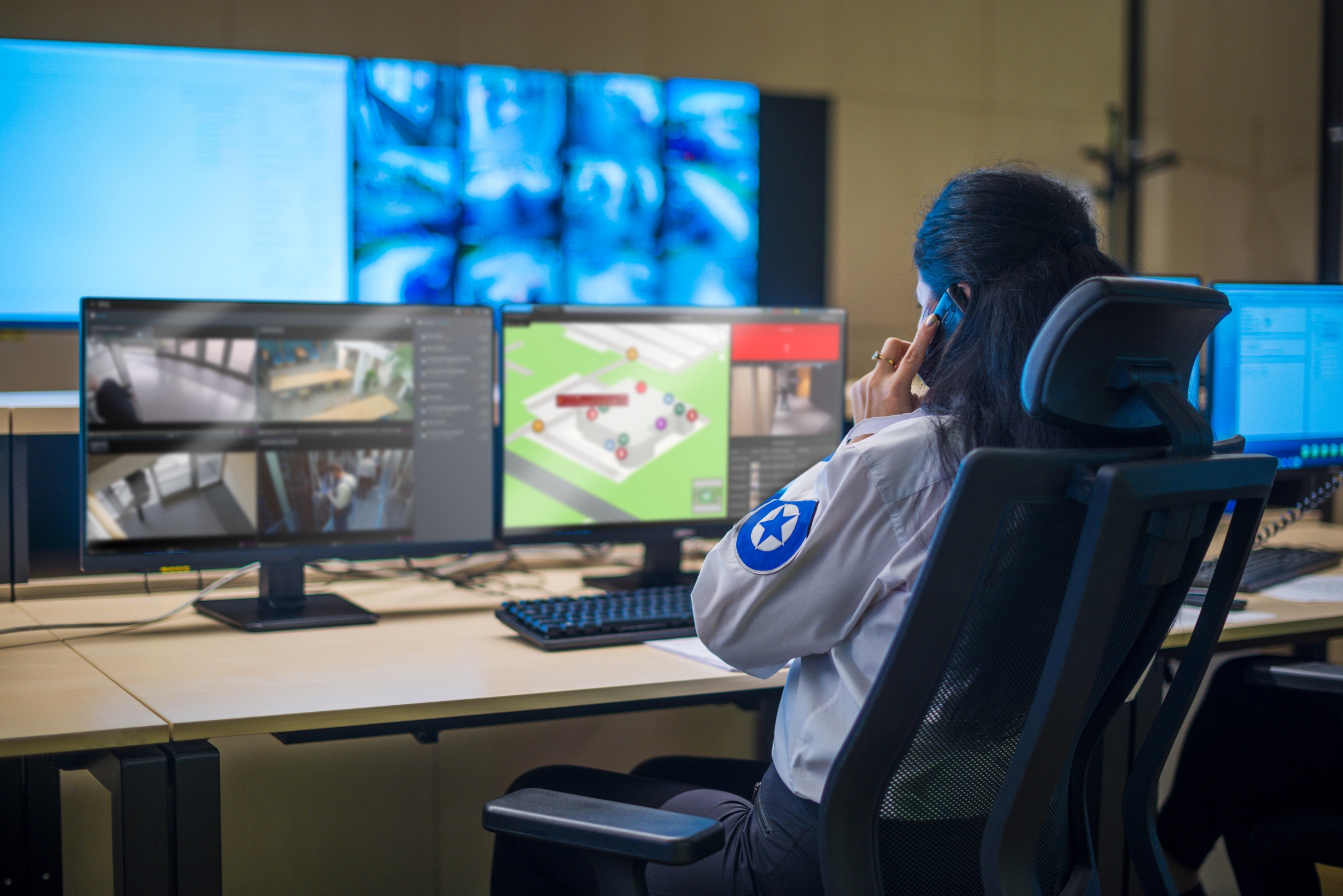The cost of integrating video and access control
Are you considering unifying your video surveillance and access control systems? Learn about the differences between integration and unification, including the costs and benefits for each.

Security operators often struggle to gather information to make informed decisions. They spend their days navigating disjointed applications and trying to make sense of it all. This situation calls for greater operational efficiency.
One solution that catches the attention of security directors is unifying security systems to improve processes and save money. While combining multiple systems into one may seem challenging, the benefits are significant.
Several organizations are unifying video surveillance (VMS) and access control systems (ACS) to improve operations and save costs. This might leave you wondering, “Is this an option I should consider for my business?”
The benefits of unifying your VMS and ACS
The truth is disjointed legacy systems can hold you back. Integrating video surveillance and access control into a single platform offers more benefits than simplified navigation and training. Having built-in version compatibility allows you to program alarms, generate reports, conduct maintenance, and make upgrades easier. All of these tasks can be managed from one workstation and interface.
Integration vs. unification and the difference in costs
Integration
![]() Systems may be connected using an integrated physical security platform, but they often lack compatibility because they come from different vendors. This lack of compatibility leads to independent connections that don't work together effectively, hindering their functionality. Consequently, functionalities like receiving access control alarms from video surveillance or linking access control events to video feeds are limited. This can pose drawbacks when immediate action is needed during critical events.
Systems may be connected using an integrated physical security platform, but they often lack compatibility because they come from different vendors. This lack of compatibility leads to independent connections that don't work together effectively, hindering their functionality. Consequently, functionalities like receiving access control alarms from video surveillance or linking access control events to video feeds are limited. This can pose drawbacks when immediate action is needed during critical events.
Also, operators may still need to switch between different interfaces to perform specific tasks due to these limitations, leading to increased training costs. Incompatibilities and system failures during version upgrades are common occurrences, costing you more time and money to fix.
Unification
![]() Unification is the most cost-effective option since video surveillance and access control systems are engineered to work seamlessly within a single platform from a single vendor. All core systems are designed to work together, so training, upgrades, configurations, and maintenance are cost-effective and unified innately.
Unification is the most cost-effective option since video surveillance and access control systems are engineered to work seamlessly within a single platform from a single vendor. All core systems are designed to work together, so training, upgrades, configurations, and maintenance are cost-effective and unified innately.
Having an off-the-shelf unified security platform with open architecture provides access to features designed for broad applications. These features can be selectively implemented to customize your security system without exceeding your budget.
Why investing in a unified system will give you the best ROI
Regardless of your chosen vendor, savings will always be realized by unifying your video and access control systems. Unified systems eliminate the need for separate hardware and software components, reducing upfront costs. Having one system enables you to streamline operations, reduce maintenance requirements, and save on training.
Video surveillance has consistently ranked as the most frequently integrated domain with access control systems. This integration can be helpful for access control because it allows the association of entry credentials with video analytics data.
For example, video surveillance software that uses deep learning analytics provides more accurate and reliable object and behavior classification. By analyzing the behavior of people in a building, integrated access control and video surveillance systems can proactively identify security risks and offer crucial assistance during emergencies. Operator efficiency is enhanced through better workflows, leading to quicker investigations and freeing up time for other security or business objectives.
Investing in a modern IP-based access control system that is unified with video surveillance will allow you to:
• Maximize your investment by improving all areas of your business: The possibilities are endless, from real-time occupancy management to monitoring your enclosures
• Get a single comprehensive view of your environment to unlock new insights, make better decisions and improve your everyday operations
• Have the flexibility to choose your hardware: An automated, open platform will allow you to adapt as your needs evolve in the long run
• Benefit from added functionalities of connecting access control and video such as intrusion monitoring, dashboards, etc
Assess your current system
Use our new checklist to help you evaluate your current access control system and get a glimpse into how much time and money will be required to make changes.
